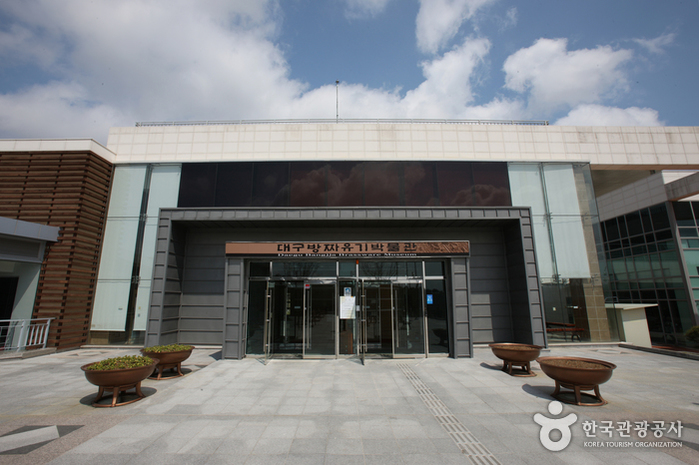Welcome to the Bangjja Brassware Museum in Daegu, the first original museum of its kind in Korea! This hidden gem is a must-visit for any traveler seeking to explore the rich cultural heritage of Korea.
Did you know that Bangjja Brassware has a multitude of uses? Not only is it used for storing food, but it also has beneficial attributes for growing plants and cultivating nutritive elements. It’s truly a fascinating art form that combines beauty and functionality.
When you step into the Bangjja Brassware Museum, you’ll be greeted with a vast collection of brassware products generously donated by Lee Bong-Ju. The Korean government recognized the significance of his collection by appointing it as intangible cultural asset number seventy-seven.
The museum itself is thoughtfully designed and offers a variety of exhibits and halls for you to explore. The Brassware Cultural Hall showcases Korea’s history of brassware, giving you insights into the different types of brassware and their cultural significance. In the nearby Donation Hall, you’ll have the opportunity to admire Lee Bong Ju’s luxury brassware collection, which is a National Intangible Cultural Heritage. And don’t miss the Reappearance Hall, where you can see displays illustrating the origins and trade of brassware.
To make your journey to the Bangjja Brassware Museum as smooth as possible, here’s a quick guide on how to get there. If you’re coming from Seoul, hop on a Korea Train Express (KTX) from Seoul Station to Dongdaegu Station. The trains run from 05:15 to 23:00, with intervals of 15-30 minutes. The estimated travel time is around 1 hour and 50 minutes.
Once you arrive at Dongdaegu Station, you can take Express Bus 1 (고속 1) bound for Donghwasa Temple. Get off at Dohak-2 dong (도학 2동), and you’ll find yourself just a stone’s throw away from the museum.
So, whether you’re a history enthusiast, a lover of art, or simply curious about Korean culture, the Bangjja Brassware Museum is a destination that should be on your itinerary. Immerse yourself in the beauty and significance of Bangjja Brassware and leave with a deeper understanding of Korea’s rich cultural heritage.

